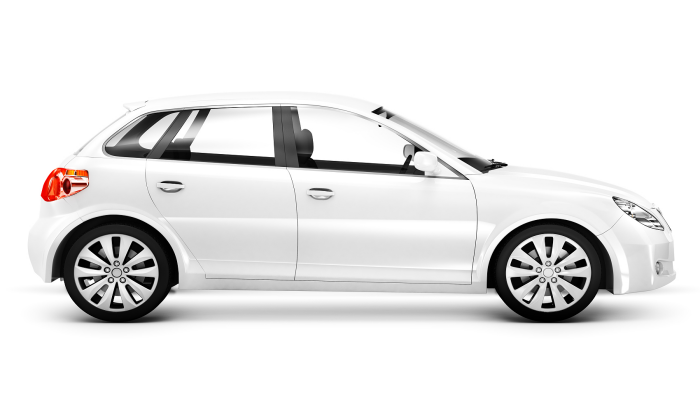Where is a car's turbocharger generally located?
The H TURBOCHARGER of a car is installed at the intake end of the car engine.
A turbocharger consists of a turbine, a compressor, as well as shafts and bearings, lubrication systems, cooling systems, seals, and thermal insulation. The high-temperature and high-speed gas discharged from the cylinder of the internal combustion engine is fed into the turbine of the turbocharger through the exhaust pipe, which drives the turbine to rotate, and the turbine drives the coaxial compressor impeller to rotate.
The compressor compresses the inhaled air, and the air with increased pressure flows through the intake pipe of the internal combustion engine and is fed into the cylinder to achieve the purpose of supercharging.
The main function of turbocharging is to increase the air intake of the engine, thereby increasing the power and torque of the engine, and making the car more powerful. After an engine is equipped with a turbocharger, its maximum power can be increased by 40% or even higher than when the turbocharger is not installed. This means that the same engine can output more power after being supercharged.
After being supercharged, the pressure and temperature of the engine during operation are greatly increased, so the life of the engine will be shorter than that of an engine with the same displacement that has not been supercharged, and the mechanical performance and lubrication performance will be affected. To a certain extent, the application of turbocharging technology in engines is limited

